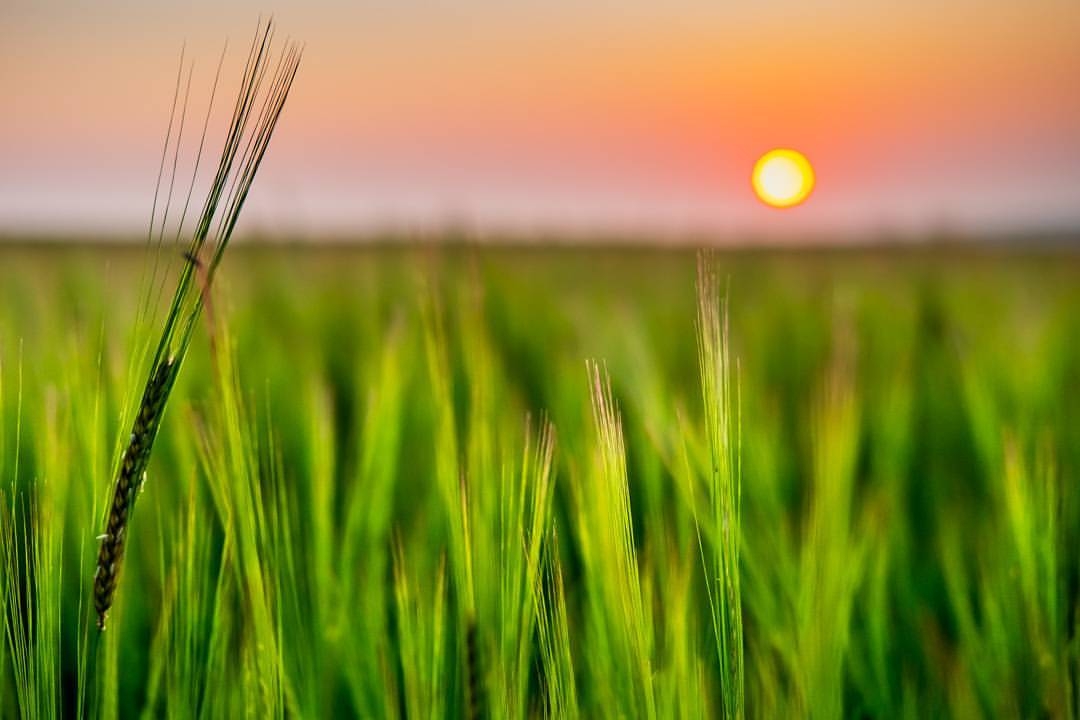Corn Getting Thirstier with Climate Change
To validate his hypothesis that water stress is the main culprit decreasing corn and soybean production in the Midwest, and to help differentiate the different mechanisms impacting crop yields at higher temperatures, Dr. Lobell’s research team used a model known as an Agricultural Production Systems Simulator (APSIM). High temperatures had a strong negative effect on corn yield response in the United States, in agreement with the data, but the predominant effect of heat in the model was via increased water stress.
As temperatures increase, plants transpire more water into the atmosphere, just as people sweat more on hotter days. With more hot days, the corn plant finds it harder to maintain growth rates, and at the same time loses more water, which sets up the risk of even more drought stress later in the season.
Direct heat stress on the plant, such as happens on extremely hot days, played a more minor role in determining final yield. The study suggests that increased CO2 may reduce crop sensitivity to extreme heat by increasing water use efficiency, but gains are likely to be no more than 25 percent.
The researchers project sensitivity to extreme heat will remain a severe constraint to crop production in the foreseeable future, especially as the region warms. They are now using the models to evaluate different strategies for developing new varieties of corn that can better handle the heat.
More information at the Center on Food Security and the Environment.





